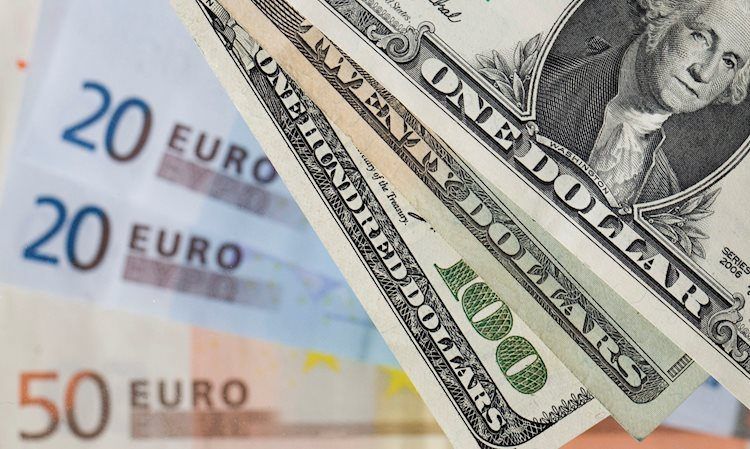The Euro saw significant gains against the US Dollar as traders reacted to Federal Reserve Chairman Jerome Powell’s comments signaling a potential shift in policy that could lead to rate cuts. The EUR/USD pair jumped to its highest level of the year at 1.1183, marking an increase of over 0.54%. Powell’s remarks at the Jackson Hole symposium suggested that the Fed was ready to adjust its policy based on data, similar to the European Central Bank’s approach. This move led to a surge in the EUR/USD pair as traders anticipated potential rate cuts in the upcoming Fed meeting in September.
The surge in the EUR/USD pair was fueled by market expectations of a 50 basis point cut in interest rates by the Fed. The US 10-year Treasury yield dropped to 3.81% as traders shifted away from the Dollar in response to Powell’s speech. The daily chart indicates that the EUR/USD could potentially reach the 1.1200 mark, with further resistance levels at 1.1275 and 1.1300. Buyers are gaining momentum, as indicated by the Relative Strength Index (RSI) crossing above the 70 level. However, failure to break above the 1.1200 level could result in a pullback towards 1.1100 and the August 14 high of 1.1047.
The Euro is the currency used in the 20 European Union countries that make up the Eurozone and is the second most traded currency in the world after the US Dollar. The Euro accounted for 31% of all foreign exchange transactions in 2022, with an average daily turnover of over $2.2 trillion. The EUR/USD pair is the most heavily traded currency pair globally, followed by EUR/JPY, EUR/GBP, and EUR/AUD. The European Central Bank (ECB) in Frankfurt, Germany, is responsible for managing monetary policy for the Eurozone. The ECB’s primary mandate is to maintain price stability by controlling inflation or stimulating growth through interest rate adjustments.
Eurozone inflation data, measured by the Harmonized Index of Consumer Prices (HICP), plays a crucial role in determining the Euro’s performance. High inflation levels can prompt the ECB to raise interest rates to curb inflation, which benefits the Euro. Economic indicators such as GDP, Manufacturing and Services PMIs, employment, and consumer sentiment surveys also impact the Euro’s strength. Positive economic data can attract foreign investments and encourage the ECB to raise interest rates, strengthening the Euro. The Trade Balance, which measures the difference between a country’s exports and imports, is also a significant factor for the Euro’s value. A positive Trade Balance strengthens a currency, indicating high demand for exports.
Overall, the Euro’s performance against the US Dollar is influenced by various factors including central bank policies, economic data releases, and geopolitical events. Traders closely monitor statements from policymakers like Jerome Powell and Christine Lagarde to gauge potential policy shifts that could impact currency movements. Additionally, economic indicators such as inflation, GDP, and trade balance data play a crucial role in determining the Euro’s strength in the foreign exchange market. It is essential for traders and investors to stay informed about these factors to make informed decisions when trading the EUR/USD pair.











